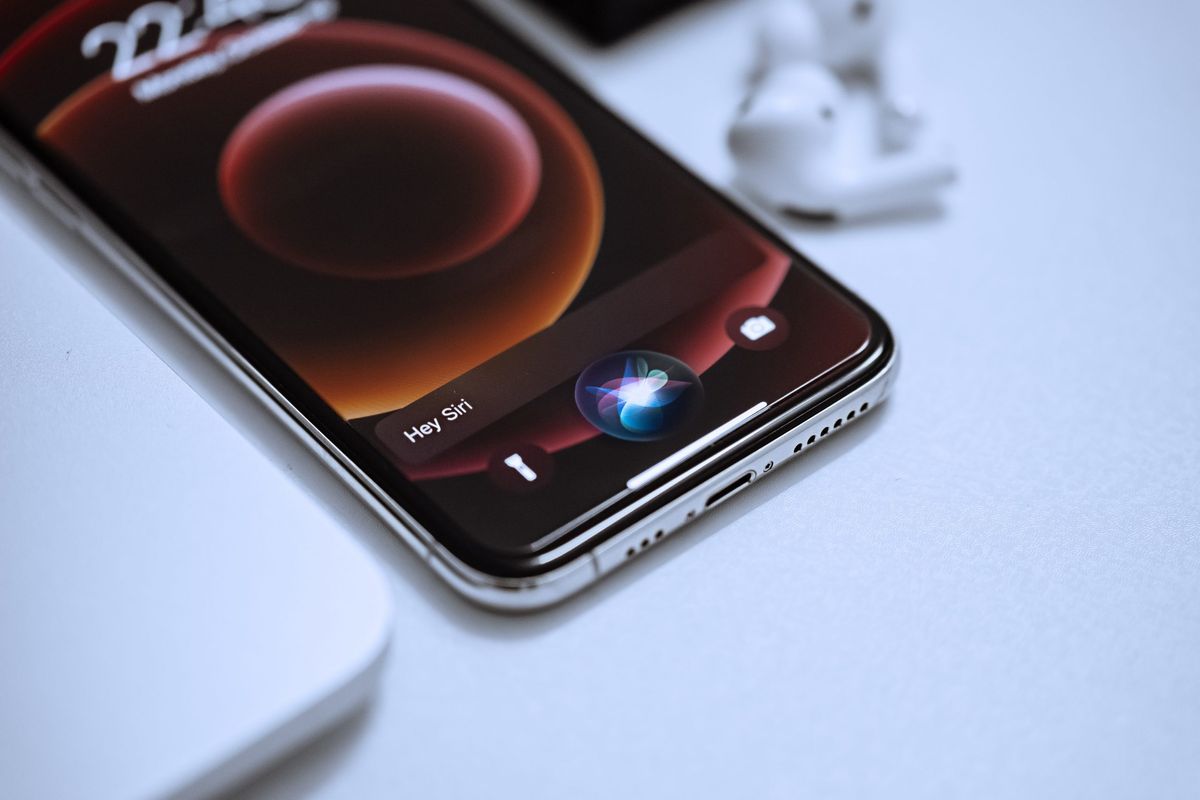The top smartphones available at the moment now

Selecting your next cellphone might be difficult. With so many companies providing comparable features at similar rates, it can be difficult to determine which gadget truly offers the capabilities you need. If you’ve already decided that you just want an iPhone, your selection is significantly easier. (Even yet, Apple’s selection is more diverse than ever.) Those contemplating Android will have even more alternatives and, most likely, even more questions. Do you want a camera that can zoom in on distant sights, or do you want sophisticated AI that can filter your incoming calls for you? We test cellphones all year long at Engadget and can help you understand what’s available and what to look for. Of course, we’ve included our favourite phones to help you narrow down your options.
iOS or Android?
Each operating system has advantages and disadvantages. Apple’s close-knit ecosystem makes it extremely simple to exchange data between iPhones, iPads, and Macs, as well as smoothly transfer phone conversations or music from one device to another. At the same time, because services like Apple Messages aren’t available on other platforms, you’re basically locked in.
In terms of Android, there is a considerably greater choice of devices available from firms such as Google, Samsung, Sony, and others. Android phones, on the other hand, do not have the same level of software support and frequently have lower trade-in values. In short, there is no correct response. However, you should think about how your phone will blend in with the rest of your equipment. So, unless you’re sick of one operating system and prepared to learn another, switching from iOS to Android (or vice versa) certainly doesn’t make sense – especially if everyone else in your household is using the same platform.
Cameras
Because people’s phones frequently serve as their primary camera, determining what type of picture tools they desire is critical. Nowadays, almost every phone can shoot a good image in strong light. However, if you want a lengthy optical zoom, you’ll need to switch to a more costly equipment.
Mid-range phones frequently include only two back cameras (a primary wide-angle lens and a secondary ultra-wide lens) and might struggle in low-light circumstances. Each phone manufacturer also offers distinct features that may be a better fit for your taste, with Apple giving four different colour settings on the newest iPhones and Google’s Pixel 6 including useful capabilities like specialised long exposure and action pan modes.
So you will be getting 5G or Wi-Fi 6?
The good news is that by 2022, most phones will support at least 802.11ac Wi-Fi and one or more forms of 5G connection. However, if you want the fastest wifi connections available, you’ll have to pay a little extra. On certain networks, for example, mmWave 5G provides up to gigabit download rates, lower latency, and more bandwidth. However, because mmWave 5G requires more advanced (and therefore more expensive) modems, it is frequently lacking from low and mid-range devices such as the iPhone SE and Pixel 6a.
On the plus side, mmWave 5G isn’t as widely available as other 5G variants, so depending on where you live and what network you’re on, you might not be losing out on much if you buy a phone that doesn’t support it. It’s a similar story with Wi-Fi 6 and Wi-Fi 6e, which are accessible on a few of high-end smartphones but more difficult to obtain on lower-cost handsets. Wi-Fi 6 also requires a compatible router, so unless you know you need it or have a specific use case in mind, the lack of mmWave 5G or Wi-Fi 6E support shouldn’t be a dealbreaker when shopping for a new phone.
Other aspects to consider
Because not everyone agrees on what constitutes an ideal phone, you should consider any other features that are particularly essential to you. Mobile gamers would almost likely love the 120Hz refresh rates found on devices such as the Galaxy S22 and the iPhone 14 Pro. Alternatively, if battery life is vital, you should generally go for a bigger iPhone or an Android phone with a battery capacity of between 4,000 and 5,000 mAh. Meanwhile, if you find yourself juggling a lot of gadgets, having a phone that enables reverse wireless charging, which on Samsung phones even allows you to recharge the company’s Galaxy Watches, may be quite useful.
Apple’s iPhone 14 Pro is the best iOS smartphone.
The iPhone 14 Pro represents the most significant modifications to Apple’s top line in years. The firm has finally (sort of) abandoned the notch with the new Dynamic Island, replacing it with a pill-shaped cutout to house the front cameras for Face ID. Aside from being smaller than previously, the island also includes a software update that makes alerts, media playing, and current activities appear more consistent.
But it’s not only the Dynamic Island that elevates the iPhone 14 Pro to the next level. The new Always On Display keeps you up to date on alerts without depleting your battery, and the impending Emergency SOS via Satellite allows you to go further with peace of mind. Those who aren’t ready to give up real SIM cards may be hesitant to purchase this year’s phones, which lack onboard slots and are entirely eSIM. Fortunately, Apple’s setup and conversion procedure makes the transition straightforward. The iPhone 14 Pro is the greatest Apple mobile money can buy, thanks to its superb performance, competent cameras, and decent battery life.
Price :- start at $799
Founded by :- designed and marketed by Apple Inc.
Founded year :- September 9, 2022
Samsung Galaxy S22 Ultra is the best Android smartphone.
The Galaxy S22 Ultra, Samsung’s next flagship phone and the spiritual successor to the Galaxy Note series, contains every feature power users and more mainstream buyers could possibly desire. Its 10x optical zoom camera has the greatest reach available on a smartphone today, and its massive 6.8-inch 120Hz OLED screen makes everything seem smooth and bright. It also boasts IP68 dust and water resistance, as well as front and rear Gorilla Glass Victus+ panels. There’s also the built-in S-Pen, whose latency has been reduced to 2.8 milliseconds for 2022. Drawing, sketching, and whatever else you do with its stylus feels wonderfully responsive as a result. Furthermore, owing to enhanced support, Samsung’s Galaxy S will be supported for at least four years of Android upgrades, which is longer than Google’s commitment to the Pixel 6.
Released date :- February 25, 2022
Founded and manufactured by :- Samsung Electronics
Price :- $999
Google Pixel 6a is the best midrange Android smartphone.
The Pixel 6a is an excellent pick if all you want is a simple, inexpensive, and easy-to-use phone with no additional bells and whistles. The 6a, has a vivid 6.1-inch OLED display, and Google’s outstanding picture processing creates photos that rival those of phones twice the price. It shines at nighttime photography, owing in part to Night Sight, a function that brightens up dark situations and enhances overall detail.
Google improved the design of the Pixel 6a to make it seem more like its flagship phones, and you also get useful IP67 dust and water protection. Another layer of protection is provided via an under-display fingerprint reader. In terms of specifications, you have Google’s Tensor chipset, 6GB of RAM, and 128GB of storage, which all add up to fantastic performance. In addition, unlike many other midrange phones, the Pixel 6a has excellent software support, with Google guaranteeing frequent software upgrades for the next five years.
price :- starts at $449
Founded by :- Google as a part of Google pixel
Founded year :- July 28, 2022
iPhone SE is the best intermediate iPhone (2022)
The newest iPhone SE, with an A15 Bionic CPU and iOS 15, is perhaps the most powerful phone available for around $450. It has an antiquated design, yet some people may love the retro style. The iPhone SE’s biggest feature is its home button: it’s the only new iPhone with Touch ID. Even though it just has a single back camera, the SE shoots excellent photos. If you can get over the iPhone SE’s tiny, low-resolution screen, it will serve you well. It’s also the only sub-$500 choice for iOS aficionados.
Those wishing to spend even less money should choose the Moto G Power; however, be prepared to sacrifice features such as display and cameras at lesser costs.
price :- less than $400
Founded by :- Apple
Founded year :- March 18.
Pixel 6 Pro has the best smartphone photography.
I find it difficult to leave the house without the Pixel 6 Pro. I bring Google’s newest flagship with me whenever I think I might want to shoot images. The Pixel 6 Pro’s triple back camera setup is capable of capturing anything from huge group images to vast vistas to distant wildlife (like that time I thought I spotted a whale when staring at a distant blob from Acadia National Park). Google’s Night Sight still excels the competition in low-light photography, and its computational photography produces clean, bright images.
Of fact, Samsung and Apple’s flagships are closing the gap, and there is little difference in the photographs they produce these days. Some folks may like the warmer hue of Galaxy smartphones. However, additional features like as Google’s Magic Eraser and Motion effects make the Pixel 6 Pro the most enjoyable camera to use. Plus, I appreciate the extra options that Pixels provides, such as Call Screening, Material You theming, and Live Captions, among others. The Pixel 6 Pro features a few minor problems, such as an odd in-display fingerprint sensor and some early software glitches. But if you’re prepared to put up with those drawbacks, you’ll receive the greatest camera experience available.
Price :- $649.00
Founded by :- Android smartphones designed, developed, and marketed by Google as part of the Google Pixel product line.
Founded year :- October 19, 2021
Samsung Galaxy Z Fold 4 is the best foldable for multitasking.
For those looking for a large, powerful phone that adjusts to their requirements, Samsung’s Galaxy Z Fold 4 is unrivalled. Samsung has optimised the Fold’s proportions for this year’s edition, adding a slimmer hinge and a slightly broader cover screen that makes it simpler to type and operate one-handed. Inside, the phone’s 7.6-inch flexible primary display is brighter (up to 1000 nits), and multitasking and opening app pairings is easier than ever owing to a revamped taskbar that lives down the bottom of the screen. A 3x zoom lens in the back and a new 50MP primary sensor are among the other enhancements. And, although the 4MP under-display camera buried beneath its primary display is only useful for video calls, its new sub-pixel matrix conceals its existence much more effectively.
Unfortunately, the Z Fold 4 remains quite thick, and at, it is not inexpensive. But if you’ve always wanted a phone that can turn into a tablet at the drop of a hat while simultaneously providing multitasking capabilities unrivalled by any other phone, this is the phone to want.
Price :- $1,800
Founded by :- Samsung
Founded year :- August 25, 2022
Samsung Galaxy Z Flip 4 is the best foldable for selfies.
While the Z Flip 4 doesn’t have as much screen area as its larger and more costly sister, it’s much more compact, and because of its size and hinge, it’s perfect for propping itself up on a table for selfies. Furthermore, Samsung has expanded the size of its external screen, making it simpler to frame photos without opening the phone. And, thanks to the adoption of a new Snapdragon 8+ Gen 1 CPU, this year’s model has much longer battery life than previous models. Meanwhile, for technology fans who also value a little of beauty, the Bespoke Edition of the Z Flip 4 allows you to personalise the colour of the phone’s external panels, ensuring that you have the phone you want.
Founded year :- August 2022
Founded by :- Samsung
Price :- starts from $720


